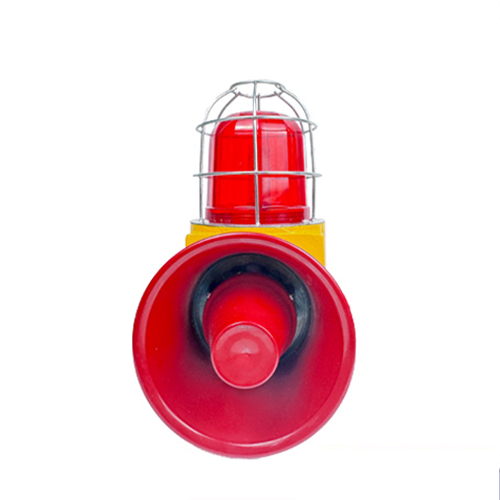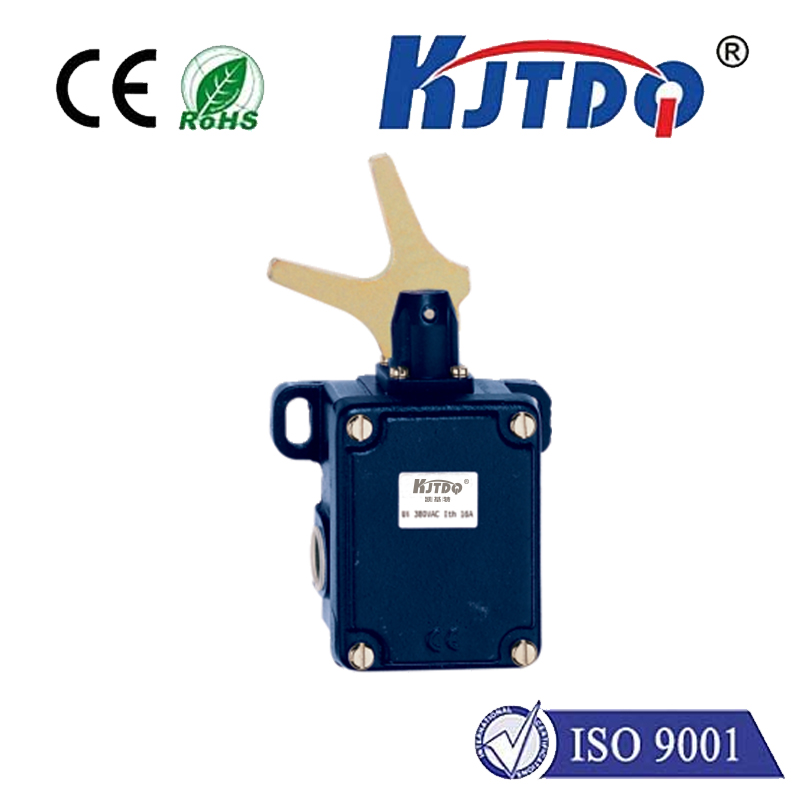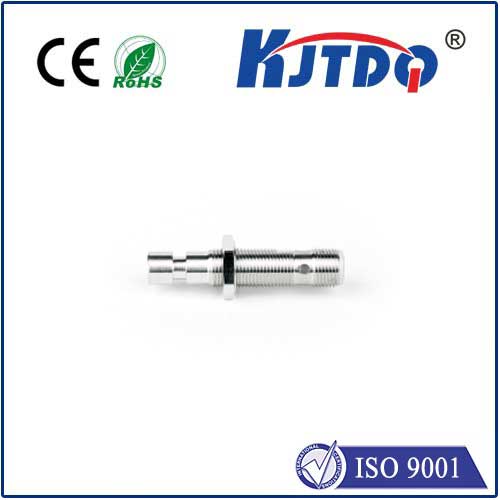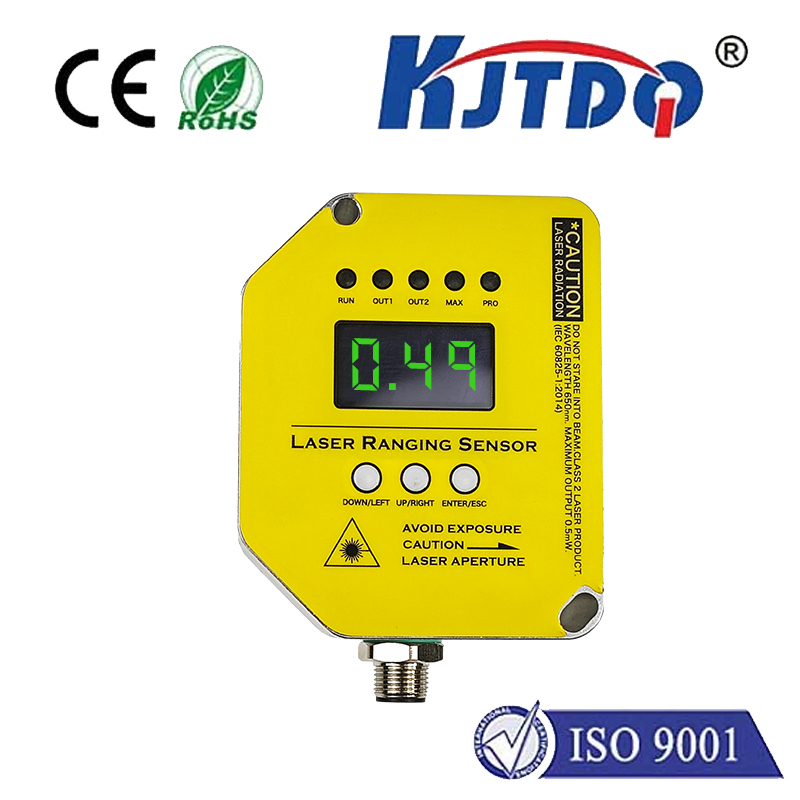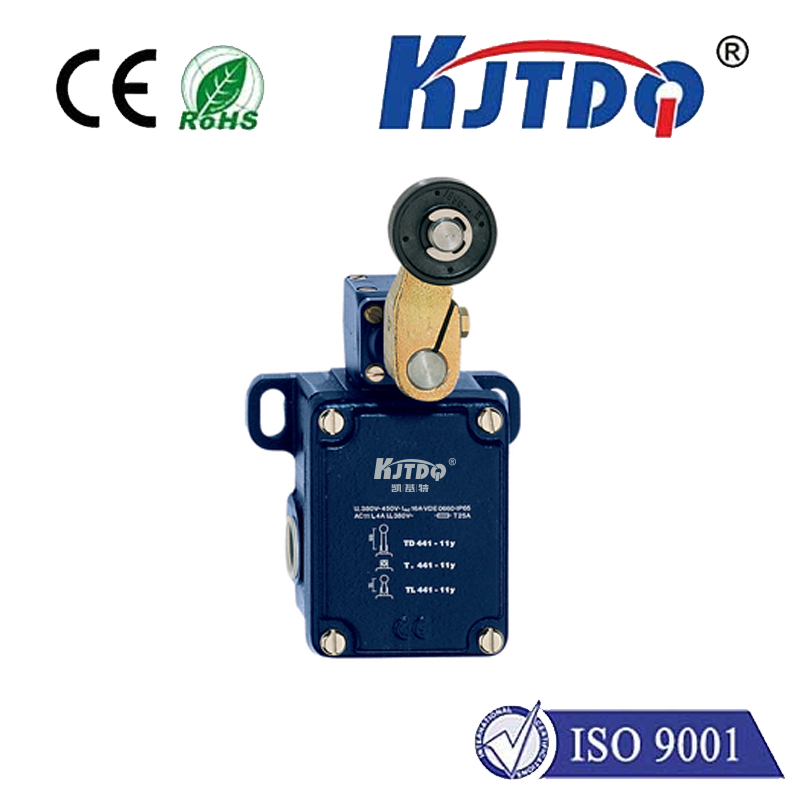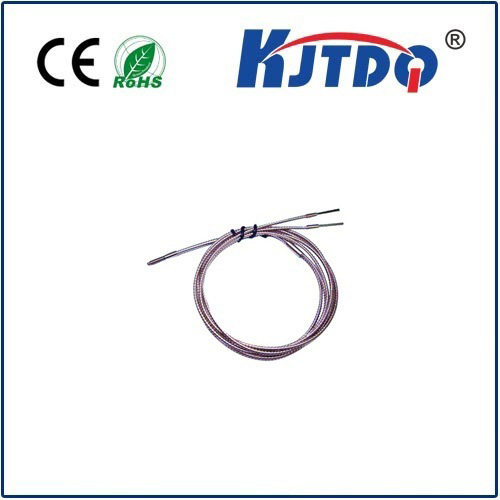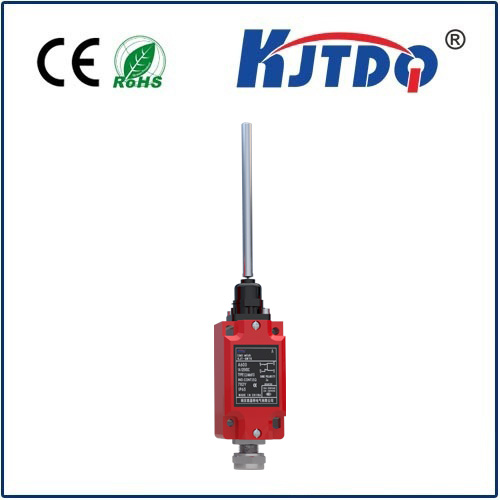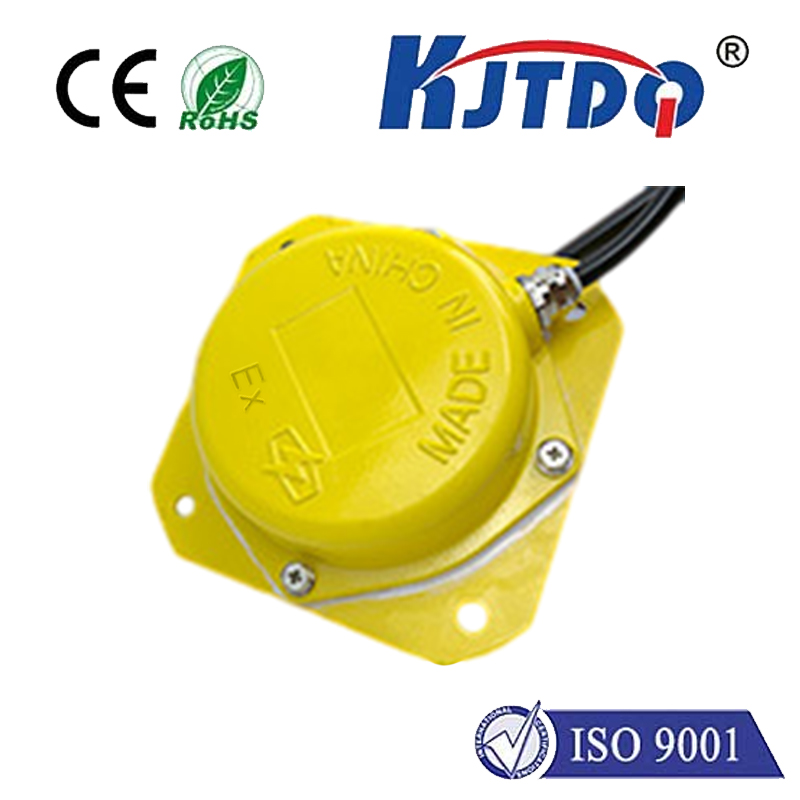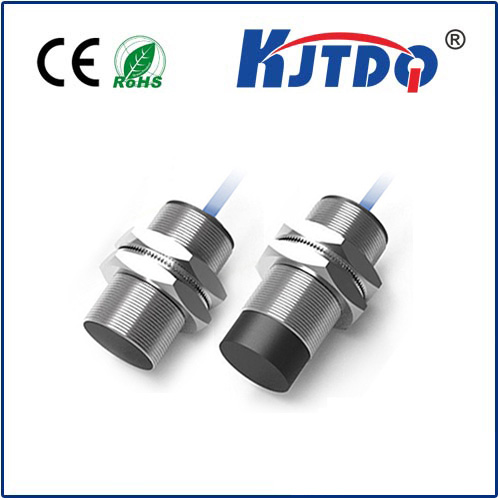

check

check

check

check
Imagine a packaging line suddenly halting, not due to a major malfunction, but because a tiny component didn’t signal a bottle’s presence correctly. At the heart of countless such automated systems lies the proximity sensor, and understanding its specific type, like the NPN NC configuration, is crucial for optimal performance and troubleshooting. The proximity sensor NPN NC designation refers to a specific type of non-contact electronic switch widely used in industrial environments, combining signal output type (NPN) and switch state behavior (Normally Closed, NC). Grasping these characteristics ensures you select the right sensor for reliable operation and seamless integration with control systems like Programmable Logic Controllers (PLCs).
At its core, an inductive proximity sensor detects the presence or absence of metallic objects without physical contact. It generates a high-frequency electromagnetic field from its sensing face. When a metal target enters this field, it induces eddy currents within the metal, causing a change in the sensor’s internal oscillation circuit. This change is detected and processed by the sensor’s electronics, triggering a shift in its output state. This non-contact nature offers significant advantages: no mechanical wear, high switching speeds, resistance to dirt and moisture, and suitability for harsh environments – making them indispensable in modern automation.

The “NPN” and “NC” aspects define how this detection signal is delivered and its default logical state. These are critical specifications impacting wiring and system logic.
The choice between Normally Closed (NC) and Normally Open (NO) configurations fundamentally impacts system design and safety logic. NPN NC proximity sensors play a particularly vital role in safety applications or processes where maintaining a signal during normal operation is critical. Consider a protective guard door on machinery. A proximity sensor NPN NC could be mounted such that the guard itself is the target. When the guard is properly closed (no target near the sensor face? needs clarification), the NC sensor’s output circuit is closed (due to the NC state without the guard acting as a target? – Standard NC sensor behavior: No target = closed circuit). This closed circuit sends a continuous “safe” signal to the machine controller, allowing operation. If the guard is opened, the metal guard moves away, bringing the sensing field into a state that would be disrupted, but because it’s NC, the absence of the target (guard moving away) actually causes the output to open. This loss of the “safe” signal immediately triggers the machine to stop. This fail-safe principle ensures that a fault condition (like a broken wire or sensor failure) or the unsafe state (guard open) inherently leads to a shutdown, enhancing personnel safety. NPN NC sensors are also favored in applications requiring continuous monitoring. For instance, a sensor verifying the presence of a metal component on a conveyor belt in its resting position (no target expected? needs clarification - target present = NC acts as open? Standard Application: Sensor positioned where the component should be present normally. Component present: Target detected -> NC Output Opens. Component missing: No target -> NC Output Closes. This change can trigger an alarm for a missing part). The normal presence of the component (target detected) keeps the output open. Only when the component is missing (no target) does the output close, signaling the anomaly – providing positive confirmation of the desired state.
Wiring an NPN NC inductive proximity sensor typically involves three connections:
Understanding the proximity sensor NPN NC specification is not just technical jargon; it’s fundamental knowledge for designing, installing, and maintaining robust automated systems. These sensors offer a reliable means of non-contact detection, with the NPN NC variant providing crucial fail-safe operation through its inherent Normally Closed behavior – meaning the circuit is completed under safe conditions and interrupted during an alarm state or target detection, depending on the physical application setup. Whether ensuring operator safety through guard monitoring or guaranteeing component presence on a high-speed line, the distinct characteristics of the NPN NC proximity sensor make it a versatile and safety-conscious choice in the intricate world of industrial automation. Selecting the right sensor type directly influences system reliability, safety compliance, and troubleshooting efficiency.
